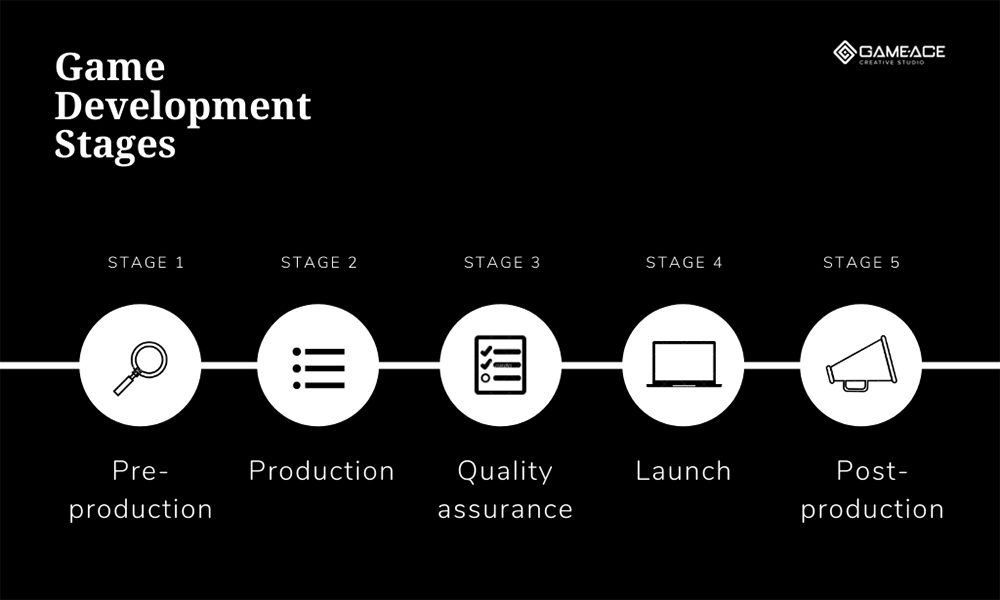Designing a video game is a long and challenging process that requires several stages. Conceptualization is the first stage, where the game’s ideas are brainstormed and created. A design document is then made, outlining the game’s specifications, gameplay, mechanics, and technical requirements, acting as the game’s blueprint. Then, prototyping is done to determine what works and what doesn’t. Art and visual design are done, followed by audio design. Programming is the most crucial stage where mechanics and features are programmed using programming languages. Testing helps identify any bugs that require addressing. Finally, once the game is polished, it is released. The game development process requires dedication, passion, and hard work.
Introduction:
In today’s world, video games have become an essential part of our lives. From casual smartphone games to high-end console games, we all enjoy playing games in one way or another. But have you ever wondered how these games are made? What goes on behind the scenes before we can actually play them? In this article, we will discuss the design process of successful games, and what it takes to create a masterpiece.
Conceptualization:
The first stage of designing a video game is conceptualization. This is where the game’s idea is created. The concept could come from anywhere and anyone – it could be inspired by an existing game, a movie, a book, or even an everyday experience. The team working on the game will brainstorm ideas and come up with something unique, which will later be developed into the actual game.
Design Document:
Once the idea is solidified, the team creates a design document. A design document outlines the game’s specifications, gameplay, mechanics, visual design, and technical requirements. This document will act as the game’s blueprint, and the team can refer to it throughout the development process to ensure they stay on track.
Prototyping:
After the design document is created, the team will move onto prototyping. Prototyping is where the game’s basic mechanics and gameplay are tested. This helps the team understand what works and what doesn’t, and they can then make necessary changes. A prototype is usually a stripped-down version of the final game, and it’s used to test the game’s core gameplay features.
Art and Visual Design:
Once the gameplay and mechanics are finalized, the team will move onto the visual design of the game. This involves creating characters, environments, and objects that will be present in the game. The art team will work closely with the game designers to make sure the visuals complement the gameplay and the game’s overall style.
Audio Design:
Audio design is also an important part of game development. It includes sound effects, music, and voice acting. Audio helps create an immersive environment for the player, and it can greatly enhance the gameplay experience.
Programming:
Programming is one of the most crucial stages of game development. This is where the game’s mechanics and features are programmed into the game using programming languages such as C++ or Java. The programmers work closely with the designers to ensure the game performs as intended.
Testing:
Once the game is fully developed, it’s time for testing. Testing is a critical part of game development as it helps identify bugs and glitches that the developers might have missed. Quality assurance testers will play the game over and over again, looking for any issues that need to be addressed.
Polishing and Release:
Once all the bugs are fixed, and the game is polished to perfection, it’s ready for release. The game is distributed to retailers, digital storefronts, or it’s released exclusively on a particular platform. Marketing plays an important role in the release of a game, as it can make or break its success.
Conclusion:
The process of creating a game is a long and challenging journey. From conceptualization to release, there are many stages involved, and every step has to be perfectly executed for the game to be successful. As gamers, we only see the end result and experience the finished product. But the design process behind it is complex and requires dedication, passion, and hard work. Next time you play your favorite video game, remember the team of developers that made it possible.
